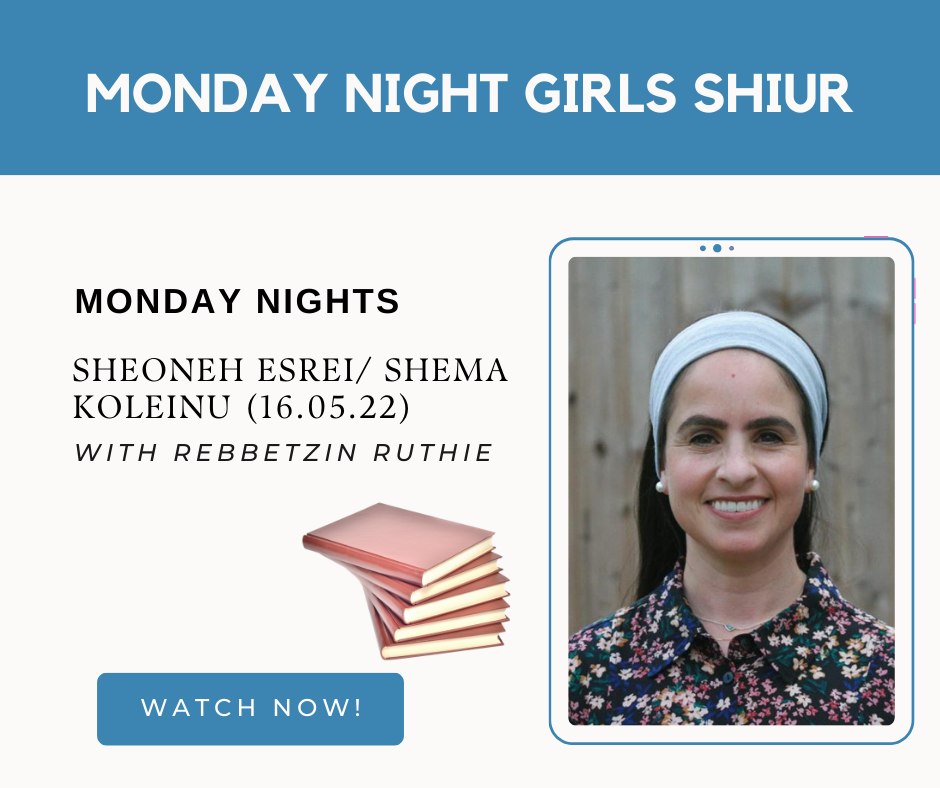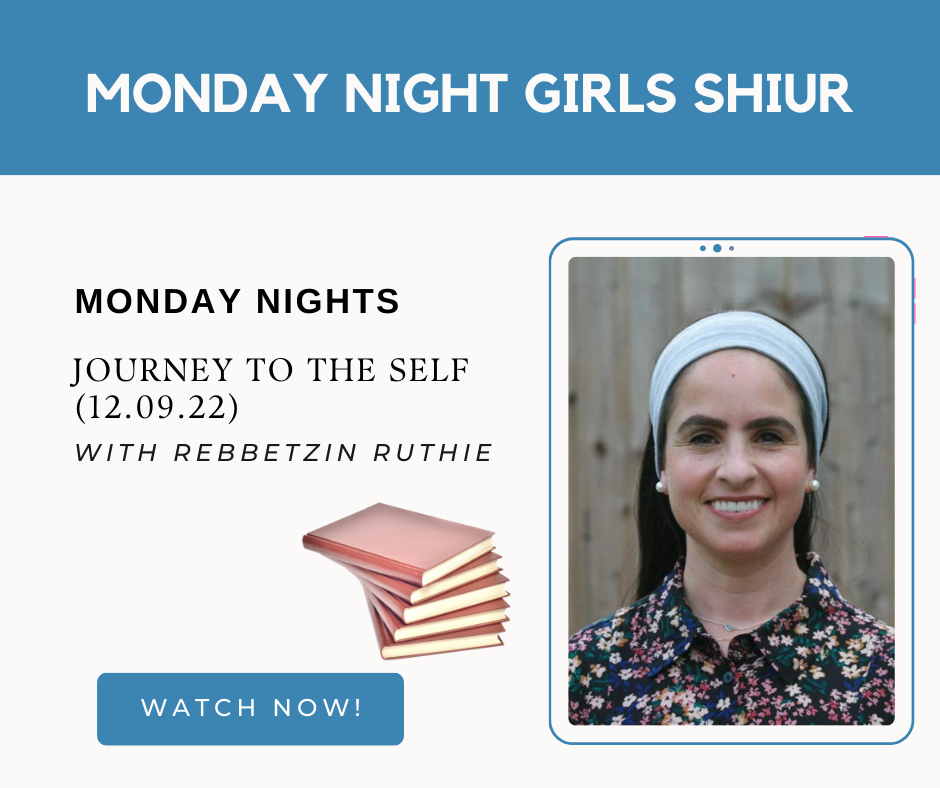
What was Ketoret? The Ketoret was a compound of eleven (11) different spices, which weighed approximately 1,840 pounds [836.36 kg]. From this compound an incense offering (also called Ketoret) was brought in the Beit HaMikdash (Holy Temple). This offering was brought twice daily, once as part of the morning service and once as part of the afternoon service. This happened seven days a week, every day of the year, including Shabbat and Yom Kippur. (Five pounds of Ketoret was burnt daily, half in the morning and half in the afternoon.)
Preparing the Ketoret was not easy. It had to be weighed out, rubbed, soaked and well ground. It required someone to supervise the grinding process with the constant reminder: “Grind well! Grind well!” On the other hand, it didn’t have to be done all at once. As long as the spices were kept in proper proportion it was permitted to do enough for every day.
Nowadays to commemorate this service we read about the Ketoret in the Shacharit and Mincha prayers. Our reading however, does not deal with the actual process of offering the Ketoret, but rather with how it was made, i.e., its ingredients and preparation.
Is it so important to recite a recipe as part of a prayer service? What exactly was the idea of the Ketoret and what part did it play in the daily Temple service?
The Rambam, in his Guide for the Perplexed (3:45), suggests the following reason for this ritual:
Since many beasts were daily slaughtered in the holy place, the flesh cut in pieces and the entrails and the legs burnt and washed, the smell of the place would undoubtedly have been like the smell of the slaughterhouses, if nothing had been done to counteract it. They were therefore commanded to burn incense there twice every day… in order to give the place and the garments of those who officiated there a pleasant odor. There is a well-known saying of our Sages, “In Jericho they could smell the incense” [burnt in the Temple]. This provision likewise tended to support the dignity of the Temple. If there had not been a good smell, let alone if there had been a stench, it would have produced in the minds of the people the reverse of respect; for our heart generally feels elevated in the presence of good odor, and is attracted by it, but it abhors and avoids bad smell.
In other words, the pleasant aroma of the Ketoret is intended to offset the stench that would otherwise fill the Mikdash due to the animal sacrifices and thus discourage pilgrimages to the Temple.
The Maharam Shick, in his work on the 613 Mitzvot, claims that in light of the Rambam’s understanding of this Mitzva one could explain the Gemara’s comment (Yoma 26a) that the performance of this ritual is rewarded with wealth. Offering the incense in the Mikdash serves to endear the Temple and its rituals to the masses, and thus draws other Jews closer to the love and service of the Almighty. People involved in this ever so important work are indeed deserving of immense reward.
The Arizal teaches that reciting the Ketoret with care and devotion is very helpful for coming back to live a proper Jewish life, even for one who was in the black hole of sin.
The ingredient that makes this possible is Chelbenah (galbanum). Even though Galbanum had a most foul smelling gum resin, it was essential for the Ketoret. If you’re thinking that only a small bit of Chelbenah was contained in the Ketoret, think again. The Ketoret contained 350 pounds (just over 159 kilograms) of Chelbenah, 19% of its total weight! Why so much?
We go through life with many desires and aspirations. However we might not always fulfil our dreams. There will be stumbling blocks along the way. Our character traits might stop us going in certain positive directions. The message from the Ketoret is that we must use all our character traits for the good, even those character traits which we think are solely bad, we have to mix them with the rest of our character and through this mix enhance our whole being. We must not negate them, leave them without action, rather we must act on them and use them for the good. Someone may have a propensity to shed blood. Wouldn’t it be best if he just buried this part of his personality? No. If he does, it will surface in a negative way. He has to work this attribute into the Ketoret so that his desire for blood leads him to Mitzvoth (see Shabbat 156a, where for example he can act like a Mohel or Shochet).
A further idea brought by Chazal is that the incense used in the Bet HaMikdash, relates to us the message that when the wicked as represented by the Chelbenah and righteous join together, the latter can positively impact upon the former to produce a single, “fragrant” unified community. In fact the word Ketoret comes from the root Kesher, a tie or knot. By offering up the Ketoret we tied a lasting knot so to speak with Hashem, and by enjoining all spectrums of Jewish society in to our Minyan and uniting in our servitude of Hashem we form a strong relationship (as represented by the knot) with Hashem. The Zohar Shemot, Vayakhel states that it is a ruling of the Holy One, blessed be He, that whoever looks and reads the incense-offering portion … will not be damaged that whole day. Next time we read the Ketoret let us take an extra few seconds to contemplate its deep meaning.
Share







